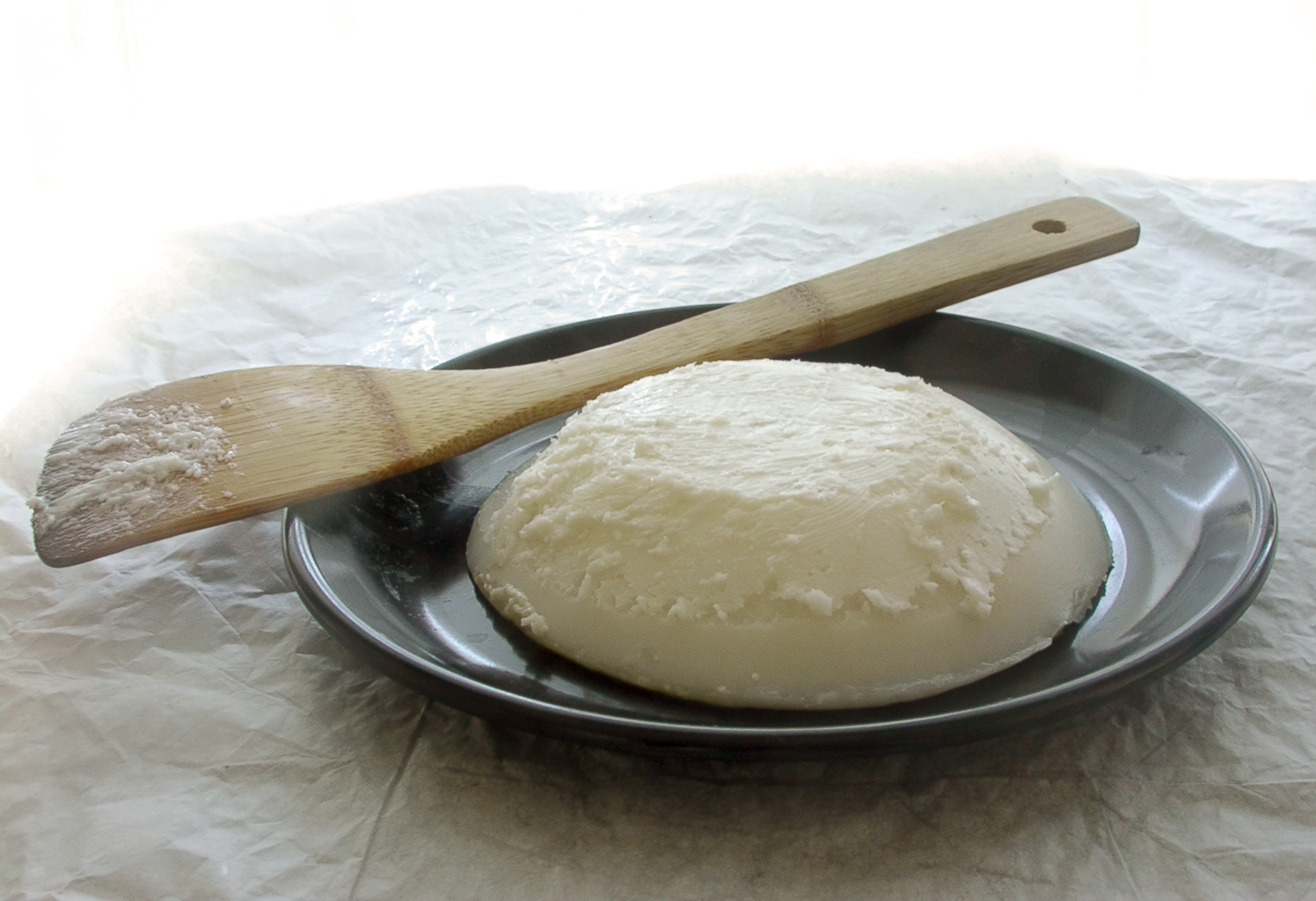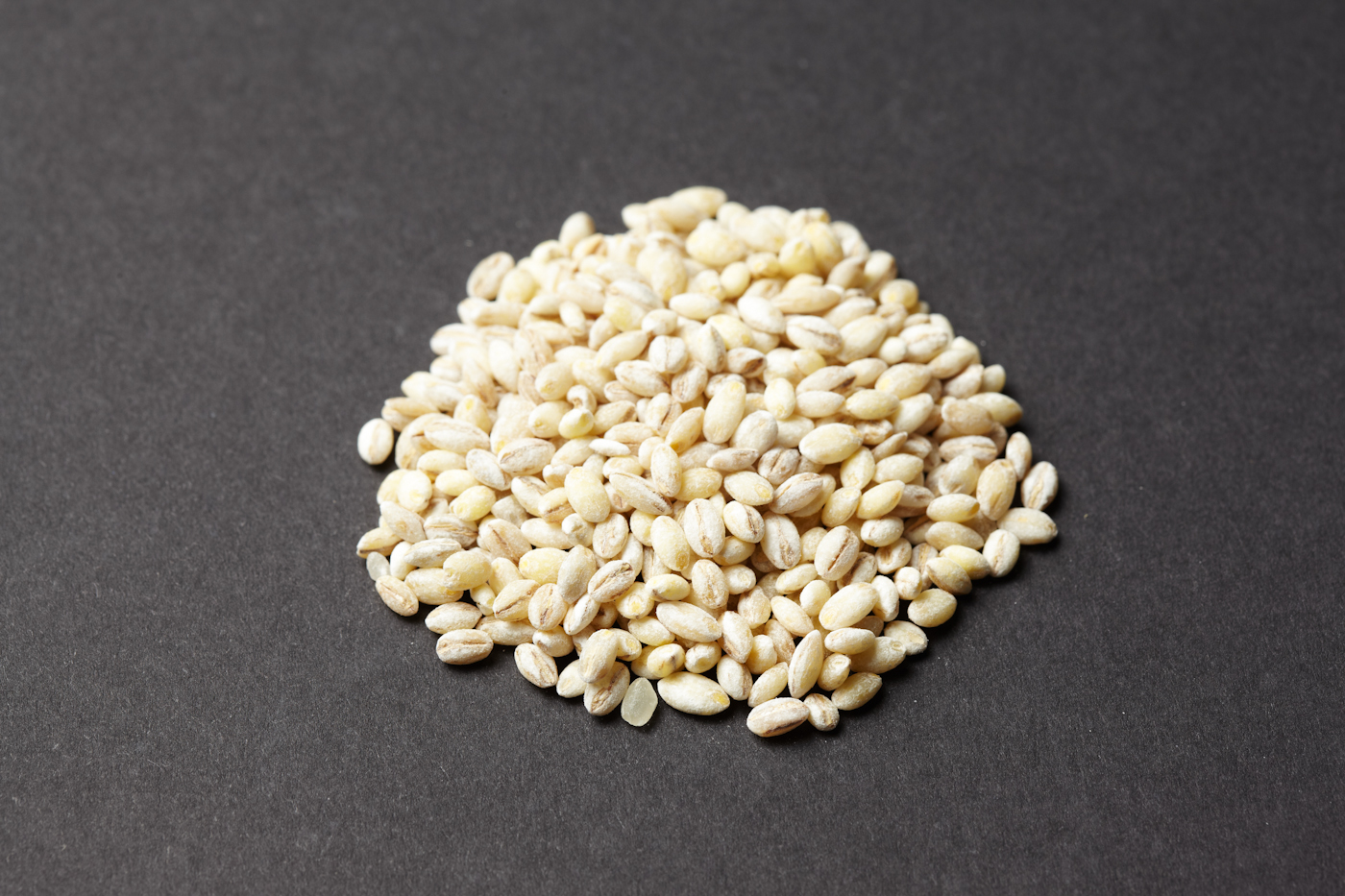|
Egg Barley
''Tarhonya'' in Hungarian cuisine, Hungarian or ''tarhoňa'' in Slovak cuisine, Slovak, is an Egg (food), egg-based noodle, often found in Hungary and Central Europe. It probably originates from the influence of the Ottoman empire and Turkish cuisine and the term likely comes from ''tarhana'' or of Persian cuisine, Persian origin, similar to the Persian ''tarkhane''. The "barley" moniker is derived from its superficial resemblance to cooked pearl barley. Because of the relatively large size of the flakes, it is sometimes considered a type of small dumpling. ''Tarhonya'' already appears in 16th-century handwritten Hungarian cookbooks. It is a simple product made of water, wheat flour, and whole eggs, that is formed into barley-sized "grains" by hand, or by cutting or grating, which makes it similar in appearance to large couscous. The grains, once dried and stored, can be roasted and then boiled before being used in a variety of dishes. They are served with meat or vegetable st ... [...More Info...] [...Related Items...] OR: [Wikipedia] [Google] [Baidu] |
Tarhana
Tarhana is a dried food ingredient, based on a fermented mixture of grain and yoghurt or fermented milk, found in the cuisines of Central Asia, Southeast Europe and the Middle East. Dry tarhana has a texture of coarse, uneven crumbs, and it is usually made into a thick soup with water, stock, or milk. As it is both acidic and low in moisture, the milk proteins keep for long periods. Tarhana is very similar to some kinds of kashk. Regional variations of the name include Armenian թարխանա''tarkhana''; Greek τραχανάς ''trahanas'' or (ξυνό)χονδρος ''(xyno)hondros''; Persian ترخینه، ترخانه، ترخوانه ''tarkhineh, tarkhāneh, tarkhwāneh''; Kurdish ''tarxane'', Albanian ''trahana'', Bulgarian ''трахана'' or ''тархана'', Serbo-Croatian ''tarana'' or ''trahana''; Hungarian tarhonya or Turkish ''tarhana''. The Armenian ''tarkhana'' is made up of matzoon and eggs mixed with equal amounts of wheat flour and starch. S ... [...More Info...] [...Related Items...] OR: [Wikipedia] [Google] [Baidu] |
Farfel
Farfel (Yiddish: פֿאַרפֿל, ''farfl''; from Middle High German ''varveln'') is small pellet- or flake-shaped pasta used in Ashkenazi Jewish cuisine. It is made from a Jewish egg noodle dough and is frequently toasted before being cooked. It can be served in soups or as a side dish. In the United States, it can also be found pre-packaged as egg barley. During the Jewish holiday of Passover, when dietary laws pertaining to grains are observed, "matzah farfel" takes the place of the egg noodle version. Matzah farfel is simply matzah broken into small pieces. The Baal Shem Tov, founder of the Hasidic movement, is said to have eaten farfel every Friday night because the word was similar to the word ''farfaln'' which means "wiped out, over and finished". He considered the noodles symbolic of the end of the old week.Jewish Soul Food: Traditional Fare and What it Means, Carol Ungar, Brandeis University Press, 2005, pg 25 See also *Ptitim (Israeli couscous) *Lokshen *Çorbalık k ... [...More Info...] [...Related Items...] OR: [Wikipedia] [Google] [Baidu] |
Lard
Lard is a semi-solid white fat product obtained by rendering the fatty tissue of a pig.Lard entry in the online ''Merriam-Webster Dictionary''. Accessed on 2020-07-05. It is distinguished from , a similar product derived from fat of or . Lard can be rendered by steaming, boiling, or dry heat. The culinary qualities of lard vary somewhat depending on the origin and processing method; if properly rendered, it may be nearly odorless and tasteless.E. S. Clifton, Joseph Kastelic, and Be ... [...More Info...] [...Related Items...] OR: [Wikipedia] [Google] [Baidu] |
Butter
Butter is a dairy product made from the fat and protein components of churned cream. It is a semi-solid emulsion at room temperature, consisting of approximately 80% butterfat. It is used at room temperature as a spread, melted as a condiment, and used as a fat in baking, sauce-making, pan frying, and other cooking procedures. Most frequently made from cow's milk, butter can also be manufactured from the milk of other mammals, including sheep, goats, buffalo, and yaks. It is made by churning milk or cream to separate the fat globules from the buttermilk. Salt has been added to butter since antiquity to help to preserve it, particularly when being transported; salt may still play a preservation role but is less important today as the entire supply chain is usually refrigerated. In modern times salt may be added for its taste. Food colorings are sometimes added to butter. Rendering butter, removing the water and milk solids, produces clarified butter or ''ghee'', which is a ... [...More Info...] [...Related Items...] OR: [Wikipedia] [Google] [Baidu] |
Couscous
Couscous ( '; ber, ⵙⴽⵙⵓ, translit=Seksu) – sometimes called kusksi or kseksu – is a Maghrebi dish of small steamed granules of rolled durum wheat semolina that is often served with a stew spooned on top. Pearl millet, sorghum, bulgur, and other cereals are sometimes cooked in a similar way in other regions, and the resulting dishes are also sometimes called couscous. Couscous is a staple food throughout the Maghrebi cuisines of Algeria, Tunisia, Mauritania, Morocco, and Libya. It was integrated into French and European cuisine at the beginning of the twentieth century, through the French colonial empire and the Pieds-Noirs of Algeria. In 2020, couscous was added to UNESCO's Intangible Cultural Heritage list. Etymology The word ''couscous'' (alternately ''cuscus'' or ''kuskus'') was first noted in early 17th century French, from Arabic kuskus, from kaskasa ‘to pound’, and is probably of Berber origin. The exact formation of the word presents some obscur ... [...More Info...] [...Related Items...] OR: [Wikipedia] [Google] [Baidu] |
Dumpling
Dumpling is a broad class of dishes that consist of pieces of dough (made from a variety of starch sources), oftentimes wrapped around a filling. The dough can be based on bread, flour, buckwheat or potatoes, and may be filled with meat, fish, tofu, cheese, vegetables, fruits or sweets. Dumplings may be prepared using a variety of methods, including baking, boiling, frying, simmering or steaming and are found in many world cuisines. In the United States in May 2015 National Day Calendar listed National Dumpling Day as held on September 26, annually. African Banku and kenkey are defined as dumplings in that they are starchy balls of dough that are steamed. They are formed from fermented cornmeal. Banku is boiled and requires continuous kneading, while kenkey is partly boiled then finished by steaming in corn or banana leaves. Tihlo—prepared from roasted barley flour—originated in the Tigray region of Ethiopia and is now very popular in Amhara as well and spreading ... [...More Info...] [...Related Items...] OR: [Wikipedia] [Google] [Baidu] |
Pearl Barley
Pearl barley, or pearled barley, is barley that has been processed to remove its fibrous outer hull and polished to remove some or all of the bran layer. It is the most common form of barley for human consumption because it cooks faster and is less chewy than other, less-processed forms of the grainBarley from The Cook's Thesaurus (foodsubs.com) such as "hulled barley" (or "barley ", also known as "pot barley" and "Scotch barley"). Fine is prepared from milled pearl barley. Pearl barley is similar to wheat in its caloric, protein, vitamin and mineral content, though some varieties are ... [...More Info...] [...Related Items...] OR: [Wikipedia] [Google] [Baidu] |
Persian Cuisine
Iranian cuisine () refers to the culinary practices of Iran. Due to the historically common usage of the term "Persia" to refer to Iran in the Western world,Yarshater, EhsaPersia or Iran, Persian or Farsi, ''Iranian Studies'', vol. XXII no. 1 (1989) it is alternatively known as Persian cuisine, despite Persians being only one of a multitude of Iranian ethnic groups who have contributed to Iran's culinary traditions. The cuisine of Iran has made extensive contact throughout its history with the cuisines of its neighbouring regions, including Caucasian cuisine, Central Asian cuisine, Greek cuisine, Levantine cuisine, Mesopotamian cuisine, Russian cuisine and Turkish cuisine. Aspects of Iranian cuisine have also been significantly adopted by Indian cuisine and Pakistani cuisine through various historical Persianate sultanates that flourished during Muslim rule on the Indian subcontinent, with the most notable and impactful of these polities being the Mughal Empire. Typical Iran ... [...More Info...] [...Related Items...] OR: [Wikipedia] [Google] [Baidu] |
Turkish Cuisine
Turkish cuisine () is the cuisine of Turkey and the Turkish diaspora. It is largely the heritage of Ottoman cuisine, which can be described as a fusion and refinement of Mediterranean, Balkan, Middle Eastern, Central Asian and Eastern European cuisines. Turkish cuisine has in turn influenced those and other neighbouring cuisines, including those of Southeast Europe (Balkans), Central Europe, and Western Europe. The Ottomans fused various culinary traditions of their realm taking influences from and influencing Mesopotamian cuisine, Greek cuisine, Levantine cuisine, Egyptian cuisine, Balkan cuisine, along with traditional Turkic elements from Central Asia (such as mantı, ayran, kaymak), creating a vast array of specialities. Turkish cuisine also includes dishes invented in the Ottoman palace kitchen. Turkish cuisine varies across the country. The cooking of Istanbul, Bursa, Izmir, and rest of the Anatolia region inherits many elements of Ottoman court cuisine, inclu ... [...More Info...] [...Related Items...] OR: [Wikipedia] [Google] [Baidu] |
Ottoman Empire
The Ottoman Empire, * ; is an archaic version. The definite article forms and were synonymous * and el, Оθωμανική Αυτοκρατορία, Othōmanikē Avtokratoria, label=none * info page on book at Martin Luther University) // CITED: p. 36 (PDF p. 38/338) also known as the Turkish Empire, was an empire that controlled much of Southeast Europe, Western Asia, and Northern Africa between the 14th and early 20th centuries. It was founded at the end of the 13th century in northwestern Anatolia in the town of Söğüt (modern-day Bilecik Province) by the Turkoman tribal leader Osman I. After 1354, the Ottomans crossed into Europe and, with the conquest of the Balkans, the Ottoman beylik was transformed into a transcontinental empire. The Ottomans ended the Byzantine Empire with the conquest of Constantinople in 1453 by Mehmed the Conqueror. Under the reign of Suleiman the Magnificent, the Ottoman Empire marked the peak of its power and prosperity, as well a ... [...More Info...] [...Related Items...] OR: [Wikipedia] [Google] [Baidu] |




